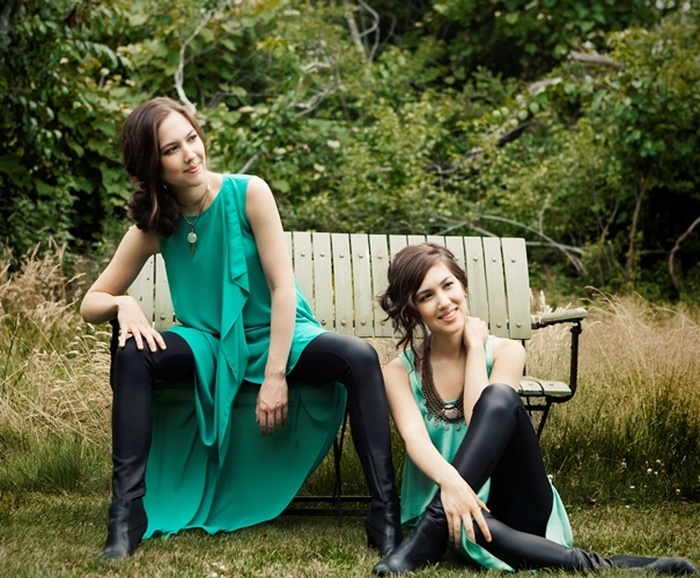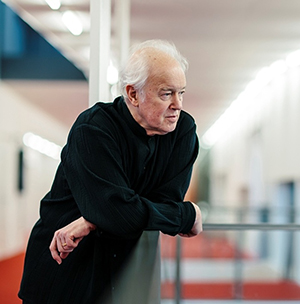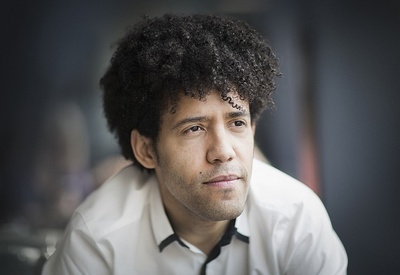Review: EDO DE WAART CONDUCTS THE SAN DIEGO SYMPHONY at the Jacobs Music Center

Conductor Edo de Waart opened the last concert in the San Diego Symphony Orchestra's 2017-18 Jacobs Masterworks series with Overture to Candide. The overture has been perhaps Leonard Bernstein's most frequently programmed work during this, his centennial year. The cheeky, riotous piece is always taken at a brisk pace and sometimes, as in this performance, to the very edge of control. De Waart studied with Bernstein, and his interpretation was consistent with the composer's own. While the orchestra played well, the performance did miss a bit of potential unbuttoned fun.
At an equally blazing pace, no fun was missing in the Naughton sisters' scintillating version of Poulenc's Concerto for Two Pianos. The orchestration calls for about a third fewer musicians than the preceding overture. That allows soloists to dominate, especially in the glittering brilliance of a performance such as this. The sisters held visual attention as well as audial with matching bold-red gowns and fingers sometimes poised shoulder-high before pouncing on the keyboard with precision.
The flashy outer movements are Poulenc at his jazzy satirical best, but I'm especially fond of the crystalline Mozart-like beauty of the middle movement. The sisters captured that and each of the work's varied moods and styles as well as any performers I've ever heard.
In response to audience demand for an encore, the pianists chose a transcription for four hands of John Adams' orchestral work "Short Ride in a Fast Machine." The rhythmically challenging minimalist-influenced piece was a pure showoff romp with even more visual fireworks than displayed in the concerto. Would one sister's fingers interfere with the other's? Would arms collide as one hand crossed two others to find the right note? Not with twin sisters in perfect synch.
The concert's second half moved the program from light Twentieth-Century satire

and glitter to the more serious-minded second symphony of Brahms. Brahms was so awed by Beethoven that it took him 20 years to finish his first symphony. After its enthusiastic reception by audiences and critics, he wrote his second in a month, and its reception matched that of the first's. Edo de Waart has often conducted the second. He got what he demanded from the orchestra with commanding authority. Though I prefer a bit less fond lingering in the second movement's adagio, the overall performance was deeply satisfying, and the finale excited with heroic power.
De Waart has had one of the most varied careers of any contemporary musician. In addition to his continuing guest conducting appearances for many of the world's finest orchestras, he is well known for his teaching skills. Given the many relatively young musicians in the San Diego Symphony, this was probably a factor in the decision to have him guest conduct three times both this year and next as the orchestra strives for recognition as one of the world's best.
 Next season's Jacobs Masterwork series will introduce Rafael Payare, the Symphony's newly appointed conductor and music director. A detailed description of the season can be found on the Symphony's website.
Next season's Jacobs Masterwork series will introduce Rafael Payare, the Symphony's newly appointed conductor and music director. A detailed description of the season can be found on the Symphony's website.
Photos courtesy of San Diego Symphony.
Reader Reviews

Videos
